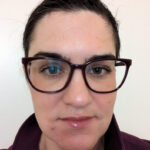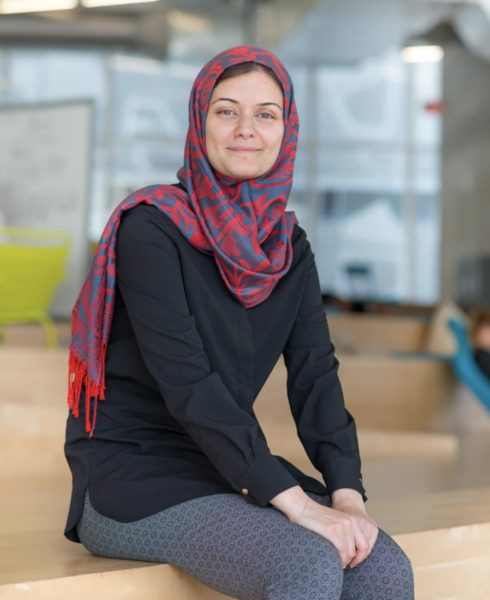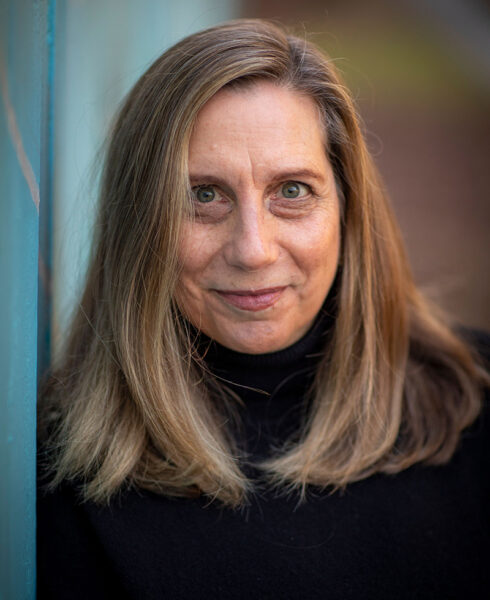Dr. Teresa Chan joined Toronto Metropolitan University in July 2023 as the founding dean of the School of Medicine and inaugural vice-president, medical affairs. Previously, she was at McMaster University, where she was associate dean, continuing professional development, and an associate professor, division of emergency medicine, department of medicine. She was also a clinician educator and researcher with McMaster Education, Research, Innovation and Theory and has been a practising emergency physician with Hamilton Health Sciences since 2013.
Why TMU? What drew you to the dual role of dean, School of Medicine and VP, medical affairs?
Helping to build the TMU School of Medicine is a generational opportunity: a chance to rethink, reimagine, and reconceptualize medical education and academic health care. We’re not fighting an existing structure, trying to make one change at a time; we can pour things like equity and innovation right into the foundation of the school. When we’re building something entirely new, we don’t have to worry about tradition holding us back–we can bring in bold new ideas that have the power to transform health care.
TMU has a proven record of championing key issues like diversity. Joining the top Canadian employer for diversity has been such a liberating experience. People here at TMU think about diversity and inclusion in every way, and it is exciting to be a part of a larger organization that matches my own dedication to this area.
The VP, medical affairs portfolio also affords me the opportunity to contribute to building much-needed health care capacity in communities with high growth, diversity and aging populations.
The use of innovation and technology to improve quality of care and patient outcomes is one of the School of Medicine’s pillars. Can you give some examples of how you envision using innovation to enhance health care delivery?
Did you know that many doctors still use pagers and fax machines? Most new medical students have never even seen either of those things! Health care is not known for its application of new technologies.
There is a real opportunity to bring the latest technology into both medical learning and health care delivery. I envision giving learners of all types opportunities to learn about new technologies and how to apply them. Generative AI is one example: it has great potential for cutting down the time learners spend regurgitating, or that doctors spend doing paperwork, and that frees them up to spend more time caring for patients and thinking critically about their work.
I also envision the School of Medicine engaging in groundbreaking research that can lead to the development of new technologies for the clinical space. Working with the TMU community via Zone Learning, the libraries, and faculties such as engineering, science and business, we hope to discover or invent innovative approaches that can ultimately help to improve health care delivery.
Many equity-deserving groups are underrepresented in medical school. What steps is TMU taking to remove potential barriers for members of these groups in its application process?
A number of talented leaders within the School of Medicine are helping us to rethink admissions. Professor Lisa Barnoff and Drs. Jamaica Cass and Trudy McFarlane have been hard at work co-designing admissions strategies and pathways for underrepresented groups within medicine. However, the admissions process is only the start. It is crucial for us to ensure that all learners in our school feel safe and supported in their educational journeys.That means providing wraparound programs and services that will lead to learner success, especially for equity-deserving groups.
Many people may have heard of the hidden curriculum, which refers to the unspoken messages medical learners pick up about physician behaviour, and which often has negative effects on equity-deserving groups. Mitigating the effects of the hidden curriculum will enable us to kickstart the careers of many new learners who will in turn bring much-needed diversity and perspectives to Canadian health care.
You designed your own board game! Can you tell us about it?
GridlockED is a game I co-designed with medical students and fellow medical faculty members. Players work together to treat and prioritize patients in an emergency department, dealing with real-life challenges such as staffing shortages and a full waiting room.
Games are a portal to changing people’s hearts and minds. You can discover knowledge through games that can be hard to convey through a PowerPoint. I often say that the sickest patient in Ontario right now is the system, but experiencing our system’s challenges through a game really drives that point home. After an hour of play, even a seven year old understands that it’s not patients with mild illnesses or injuries who are causing the ER to be backed up–it’s the lack of beds for the sickest patients.
You stress that one of the most important things we can teach the doctors of tomorrow is how to navigate the medical system as a whole. Why is that a critical skill?
The pandemic taught us the importance of leadership in medicine.The ability to lead is something we want to cultivate in every School of Medicine graduate–and that starts with understanding how health care is delivered, how health professionals work together as a team, and ultimately how patient care can be improved. In teaching future physicians the mechanics of the health-care system, we will enable them to lead health care transformation by identifying and following through on opportunities for positive change.
Related stories:
Fast Facts
Favourite medical TV show?
I should say ER… but it’s Scrubs.
Favourite board game?
GridlockED (I think I have to say that). But my favourite commercially available game is Settlers of Catan. It used to be Pandemic, but that hits too close to home now.
Early bird or night owl?
Night owl. That said, I’ve lost my circadian rhythm as a shift worker bouncing between days and nights.






